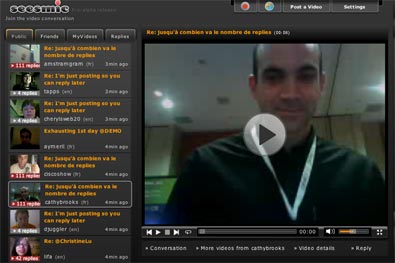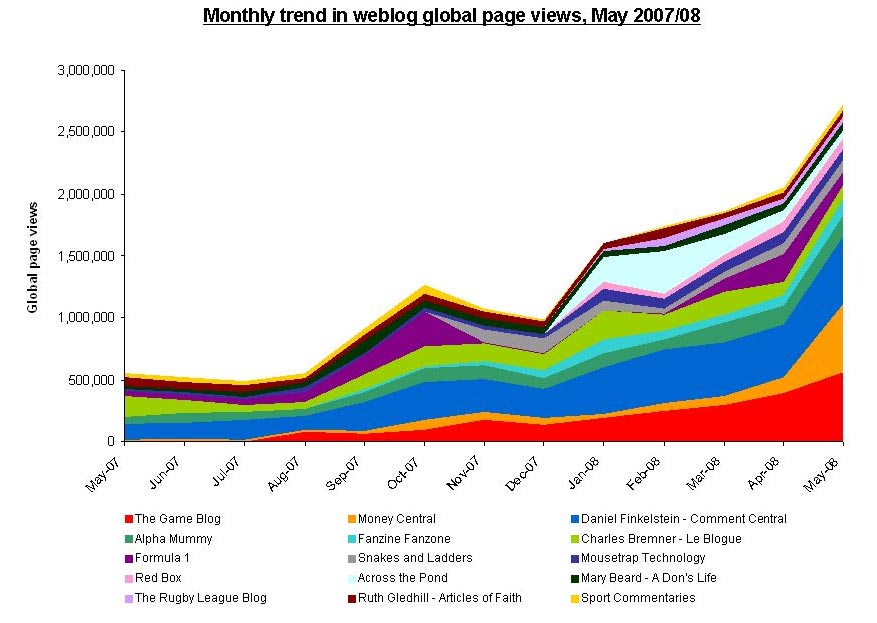
1) Who are you and what’s it all about?
I’m Cathy Brooks, Seesmic executive producer.
Seesmic is a platform for global conversation. We take all the best of blogging, IM, Twitter and social networks and bring them together, creating a rich environment for debate and discourse using video as the medium.
2) Why would this be useful to a journalist?
Think of it as having access to a global pool of expert sources.
With 4,000 people from 25 countries currently in the system Seesmic provides journalists with eyes and ears in virtually every major part of the world.
When Benazir Bhutto was assassinated in December 2007, the Seesmic community almost exploded with discussion, revealing a deep, rich pool of commentators whose backgrounds and geography would have made them invaluable to a reporter.
Seesmic also can serve as a sounding board for story ideas and topics, often resulting in finding experts whose knowledge can support a journalist’s efforts.
3) Is this it, or is there more to come?
This is just the beginning. Seesmic opened its doors in September 2007. We have been in a closed, alpha stage with invite only access to the platform since late 2007 and will be opening more widely to the public in 2008.
We will be building out our community substantially as we open to a more widespread audience. We also will develop and produce both original and sponsored programming as well as create an array of channels for conversations.
4) Why are you doing this?
Because in the massive echo-chamber that is the world of social media there are myriad ways to broadcast thoughts and messages to either one, a few or many people, and there are even some ways to have group discussions, but there is a distinct lack of resources allowing people to truly communicate and converse in a meaningful, rich way.
By leveraging video as the conduit, Seesmic provides a truly personal and human connection.
5) What does it cost to use it?
There is presently no cost to the user and we will always provide a free service. There may, in the future, be subscription level “professional” versions with additional features and functionality but that is still in the future. Find out argos opening times and events
6) How will you make it pay?
Presently we are building our community and our technology. We have several potential options for revenue – from contextual advertising and sponsored channels/programming to subscription level services that provide additional features and no advertising.

 Still in the alpha, invite-only stage, website
Still in the alpha, invite-only stage, website 


